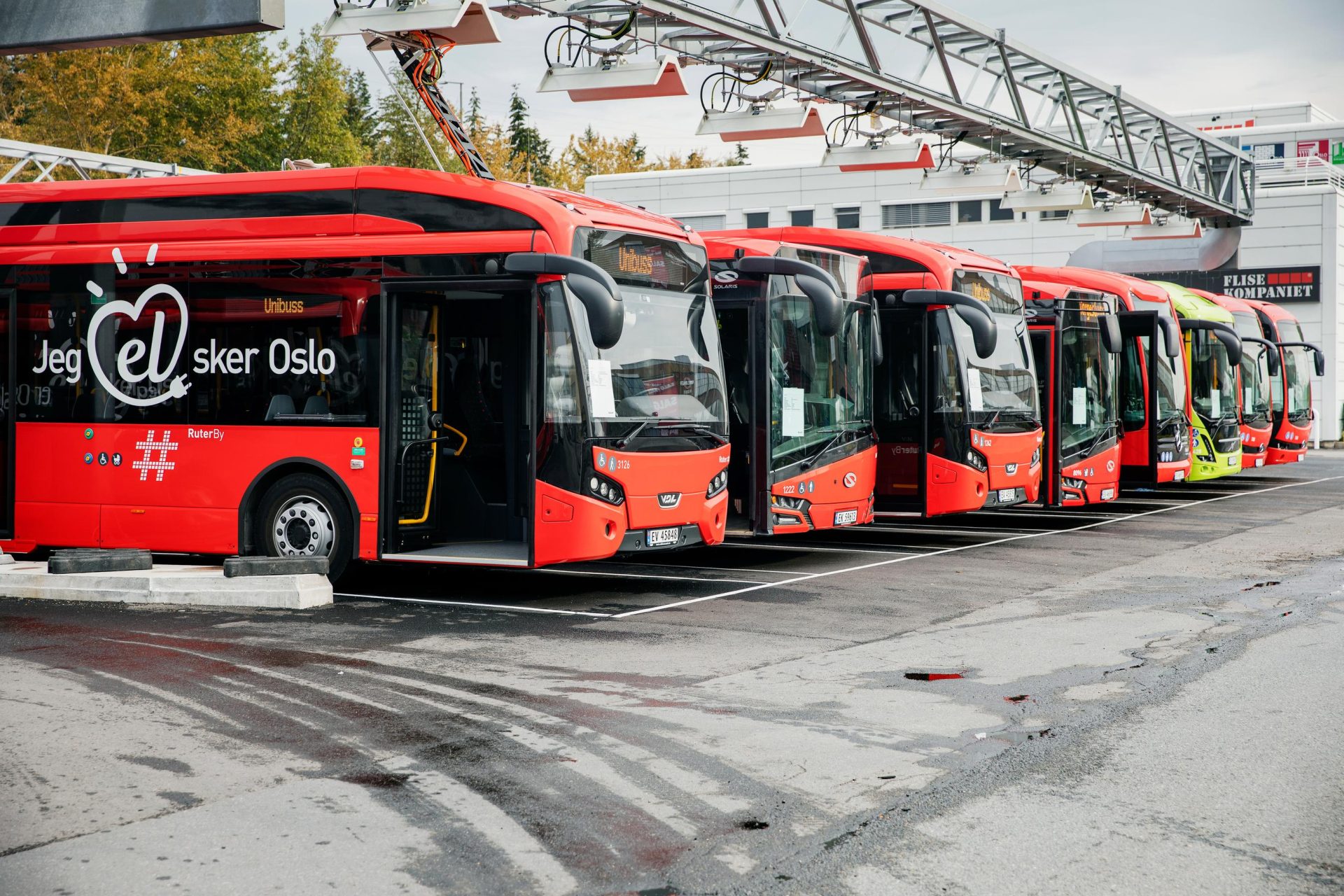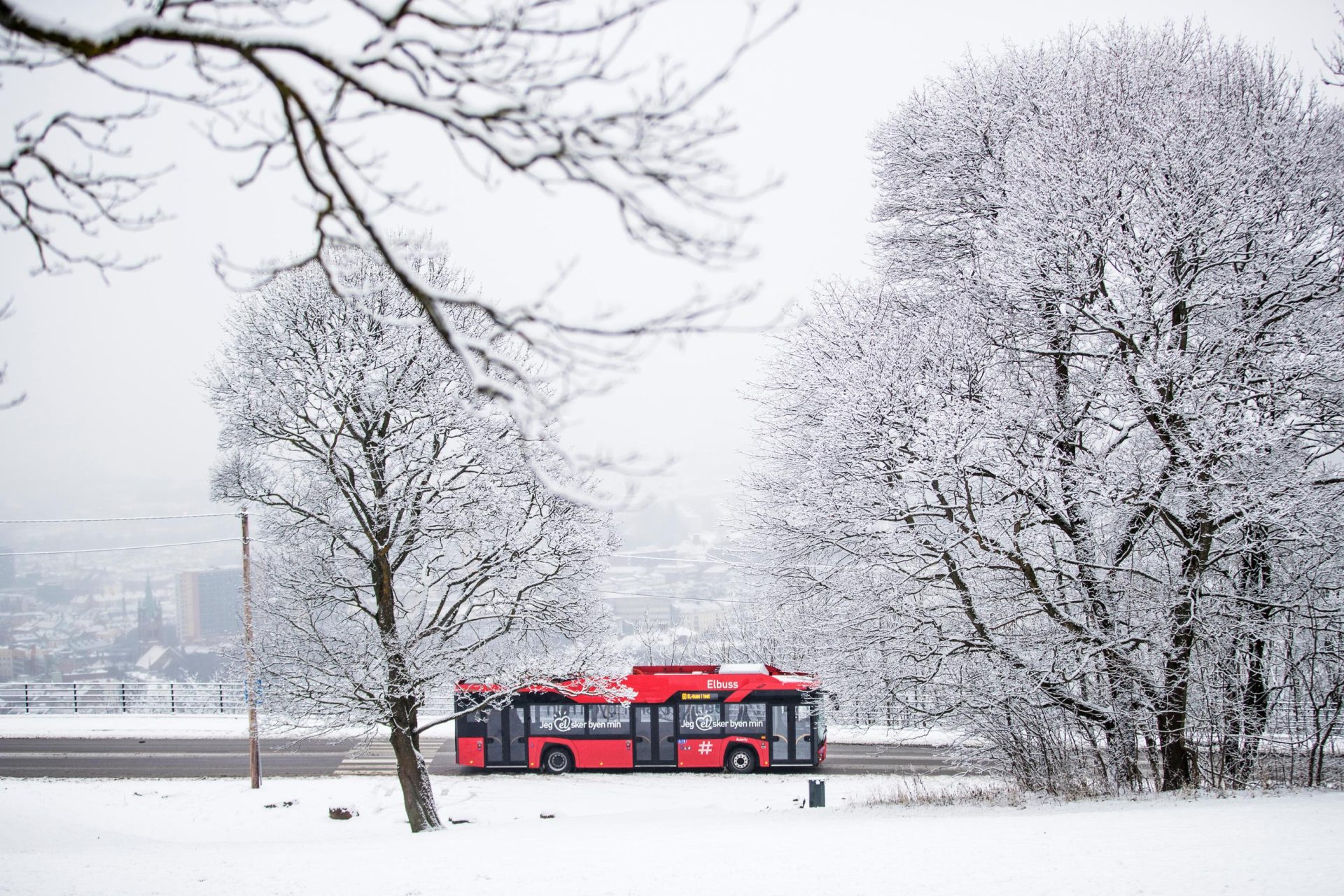Since 2014, Ruter has been building stone by stone for a green shift in public transport. Trams and subways were already emission-free, now it was the turn of the rest of Ruter’s vessels and vehicles. Buses accounted for the majority of Ruter’s emissions, but boats had the highest emissions per passenger kilometer.
We first established the Fossil-free 2020 project – a plan for how buses and boats in Oslo and Akershus would run on only renewable energy in 2020. Ruter began exploring everything from biofuels and hydrogen to hybrid and electricity.
The goal of not only fossil-free, but completely emission-free public transport by the end of 2028 was adopted by a broad cross-political majority in the Oslo City Council in 2020. It is an important part of the city’s climate strategy: To cut direct emissions by 95% compared to 1990, and become the world’s first emission-free capital by 2030.
Akershus, for its part, has set a goal of being a pioneering county in climate policy. In line with the Regional Plan for Climate and Energy in Akershus, the county will cut 55% in direct emissions by 2030, and 85-90% by 2050, compared to 1991. As much as 80% of the county’s greenhouse gas emissions come from the transport sector. The political platform for the county council 2023-2027 states that the ambition in Akershus is also for public transport to be emission-free in 2028.



